Advertising Disclosure
Introduction
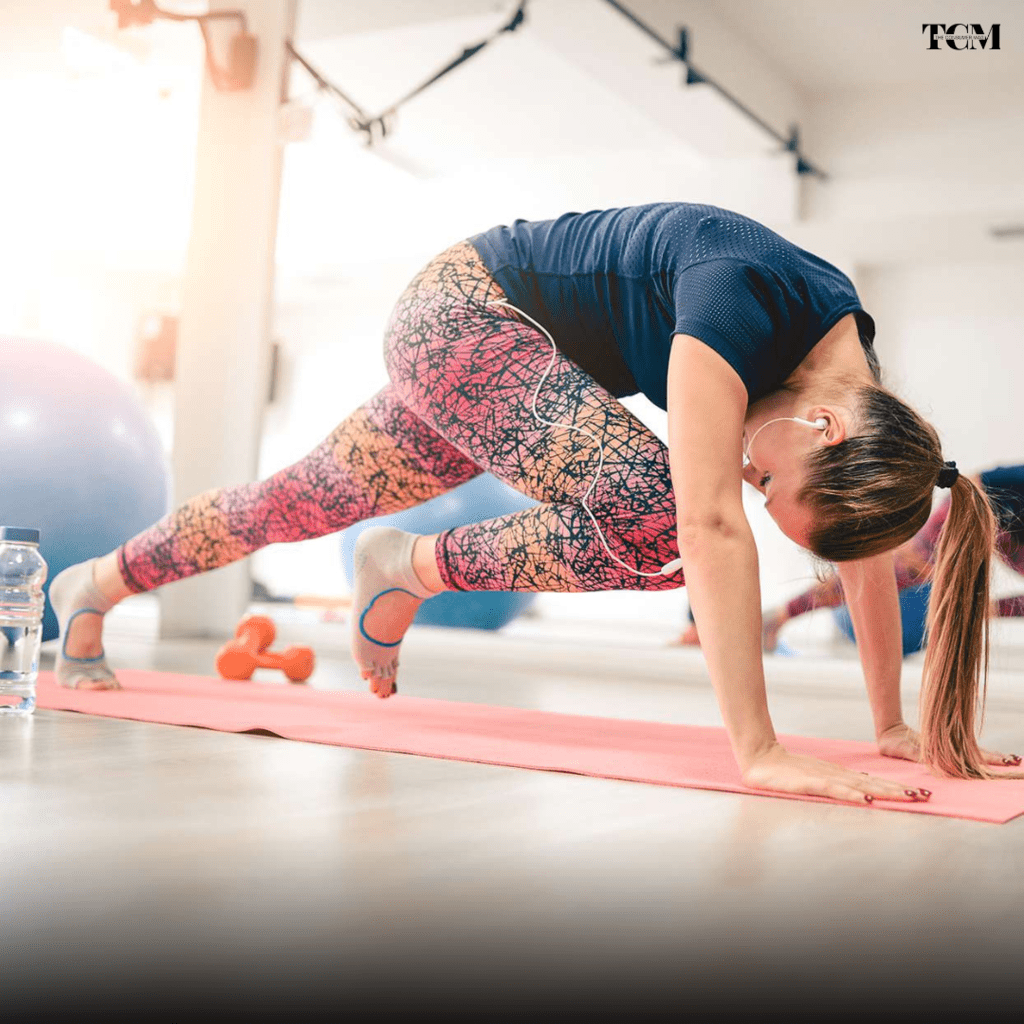
Most of the problems faced by humans today are due to a lack of exercise.
We don’t understand the impact of all the unhealthy activities we indulge in.
In the race to follow trends, we have completely forgotten to follow our bodily needs.
In a study in 2019, it was found that only 19.3 percent of adults exercise regularly in the US.
This indicates how unaware and lazy the population is becoming.
The tradition of encouraging physical activities is rare these days, and with the current development in technology, physical fitness will soon be nothing but a forgotten whisper.
Regular exercise is crucial for the wellness of the body and mind. To perform and act at their full potential, a person has to be physically and mentally fit, and only regular exercise can get them moving.
Exercise benefits you by not just keeping you healthy but also making you more active and fast, but this is not all.
There are many reasons why routine exercise is important; some of the reasons are mentioned below.
Why is exercise so important?
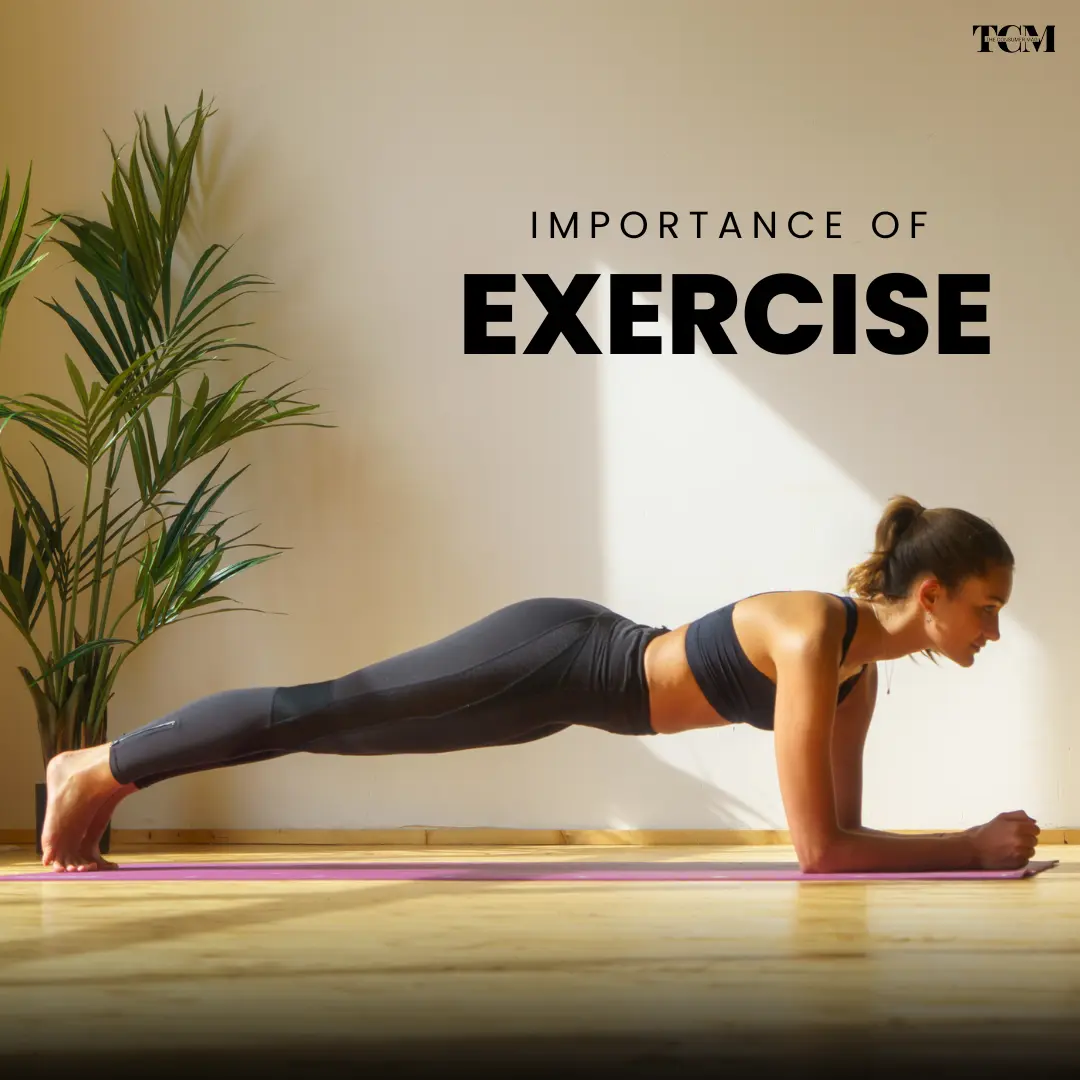
We have heard everyone say you should exercise and work out to keep your body moving, but why? Why is exercise a must? What are the benefits of exercise?
Well, to answer that, we have mentioned some of the basic significance of exercise for you to evaluate if you want to take the advice of your elders or not.
Benefits of Exercise:
- Physical fitness: Routine exercise improves cardio-vascular muscle strength and endurance.
- Weight management: Regular exercise also helps with weight management; it includes both weight loss and weight gain. It includes burning calories and increasing muscle mass as well.
- Disease prevention: Partaking in exercise increases our wellness and enhances our immunity. It also balances the chemicals and hormones inside our body, which helps prevent any chronic diseases like type-2 diabetes, cancer, etc.
- Stronger bones and muscles: Exercises like walking, running, weight-lifting, etc. help strengthen the muscles and increase the density of bones.
- Mental well-being: Exercising activities release endorphins, also known as feel-good hormones. These help cure anxiety, stress, and depression, leaving you fresh and feeling good.
- Cognitive function: Regular workouts increase the efficiency of your brain as well. It increases memory power, focus power, cognition function, and overall brain health.
- Increased energy level: Increased blood circulation leads to an energetic body and a productive day.
- Better sleep: When you have truly exhausted your body by working out, your body will demand rest. Which helps people with insomnia as well as light sleepers.
We might be ending it here, but this is not all, confidence boost, disease management, etc. There are many more reasons for you to start exercising regularly if you want to live longer, be happier, and be disease-free.
What are the types of exercises?
I hope my listing of all the benefits of exercise has impressed you, and now you are willing to get up early and shed some sweat. But what would the exercise be?
Saying you ought to and must exercise daily is one thing, but to start doing it, you need more information than just motivation.
Like what the types of exercise are and how they help us.
Aerobic Exercises
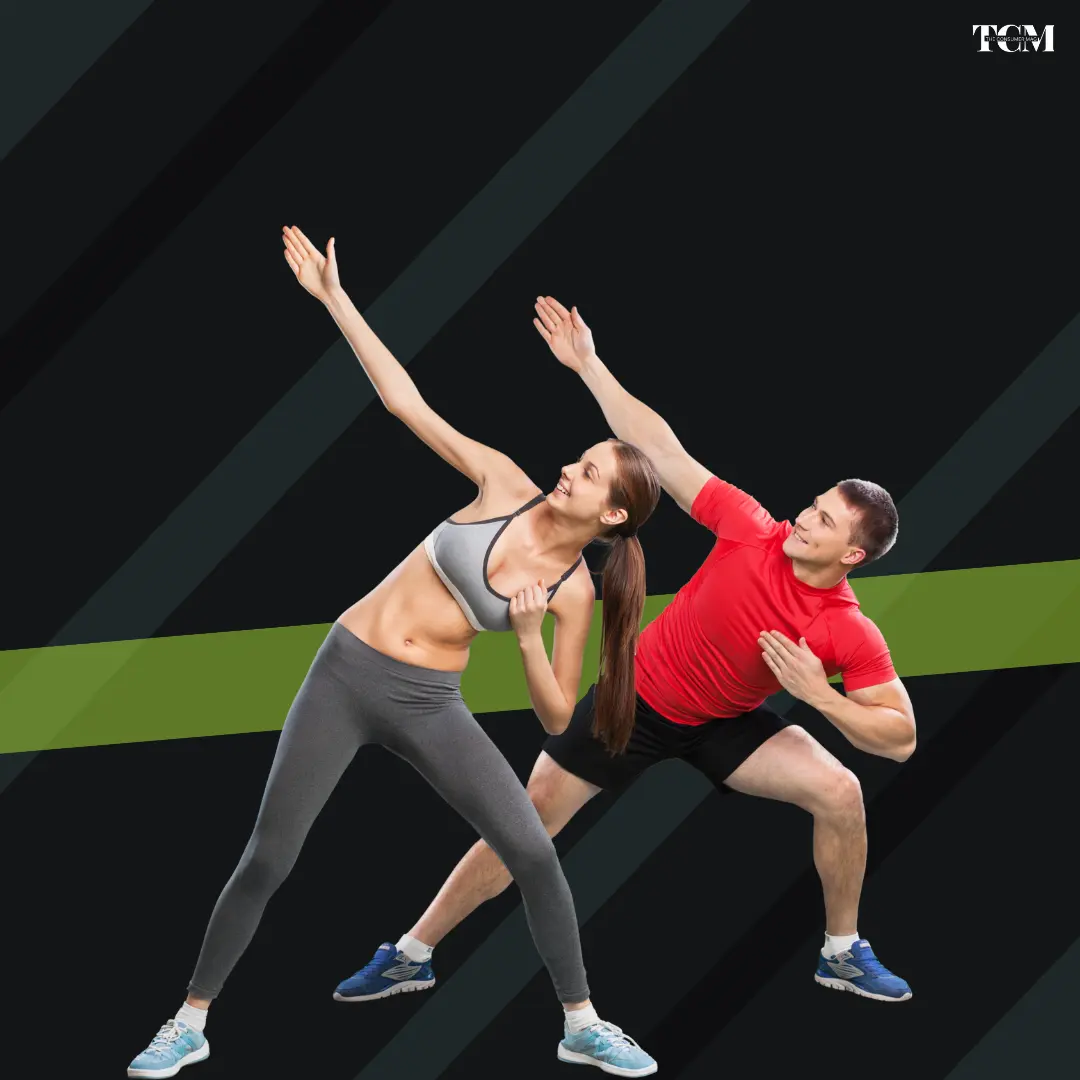
Cardiovascular exercise, or aerobics, is a form of physical workout that focuses on activities that increase your breathing and heart rate.
Aerobics mostly involves the movement of muscles in a repetitive, rhythmic way that is similar to dance moves or sometimes just running.
They increase blood flow in the body as well as improve the cardiovascular system by delivering oxygen and nutrients to the muscles.
Benefits of Aerobic Exercises:
- Improved cardiovascular health: Aerobics help strengthen organs like no other exercise. It increases the strength of the heart and the capacity of the lungs.
- Weight management: This is considered one of the best exercises to lose weight. Fast-moving exercises burn calories and maintain a healthy body weight.
- Increased endurance and stamina: Regularly partaking in aerobics will increase your endurance and stretch your fatigue boundaries. Allowing you to perform tasks for longer periods than you could before.
- Enhances mood and mental well-being: The endorphins released through physical exertion help your mind with anxiety, stress, depression, etc. It makes you feel good and gives you a boost of self-esteem.
- Better sleep: When you exhaust yourself of the energy stored in your body, your body starts demanding rest, which means sleep, which leads to an enhanced quality of sleep.
Types of Aerobic Exercise
Activities involved in aerobic exercises are:
- Running
- Jogging
- Swimming
- Cycling
- Walking
- Dancing
- jumping rope
- HIIT (High-Intensity Intensive Training), etc.
Strength Training Exercises
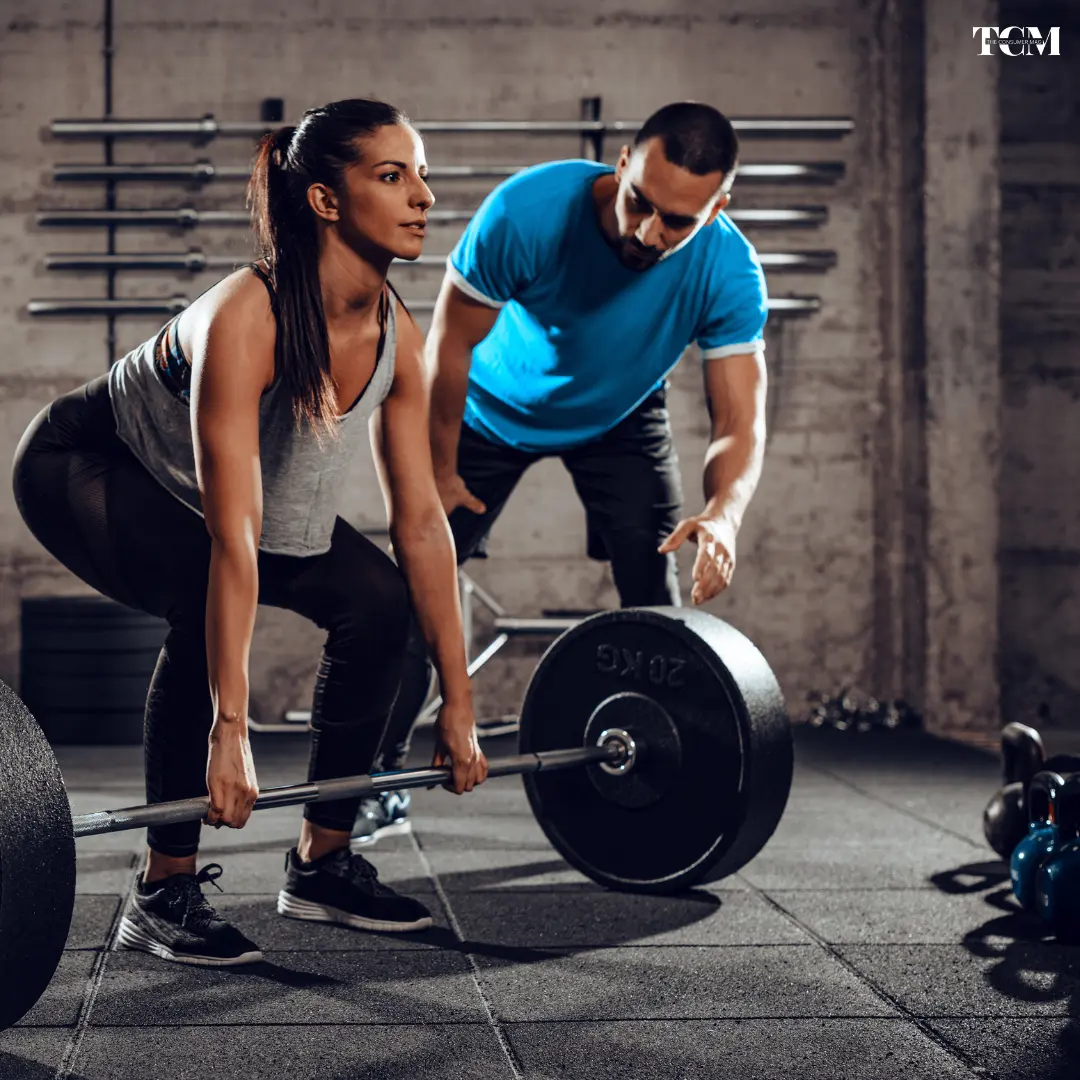
Strength training exercises are constructed to enhance muscle strength, power, and endurance.
These exercises usually include resistance in the form of weightlifting or body weight. They challenge the muscles to develop and stimulate growth.
You do not have to visit the gym for this either; there are affordable products on the market that you can bring home and train yourself at the convenience of your home.
There are machines available for every part of your body, like leg workout machines, chest workout machines, etc.
Benefits of strength training:
- Enhanced muscle tone: By exercising and moving your limbs regularly for lifting weights, etc., your muscles get into shape, and the burned fat displays the actual tone of your muscles.
- Improved bone density: This exercise boosts bone density and reduces age-related bone loss, reducing the risk of osteoporosis.
- Boost metabolism: It boosts resting metabolism and burns calories faster.
- Enhanced functional fitness: This form of exercise provides you with strength and strong muscles to do routine tasks like carrying a heavy grocery bag easily.
Types of strength training exercises
- Weightlifting
- Bodyweight exercises
- Resistance band exercises
- Suspension training
- Functional training
Flexibility and Stretching Exercises
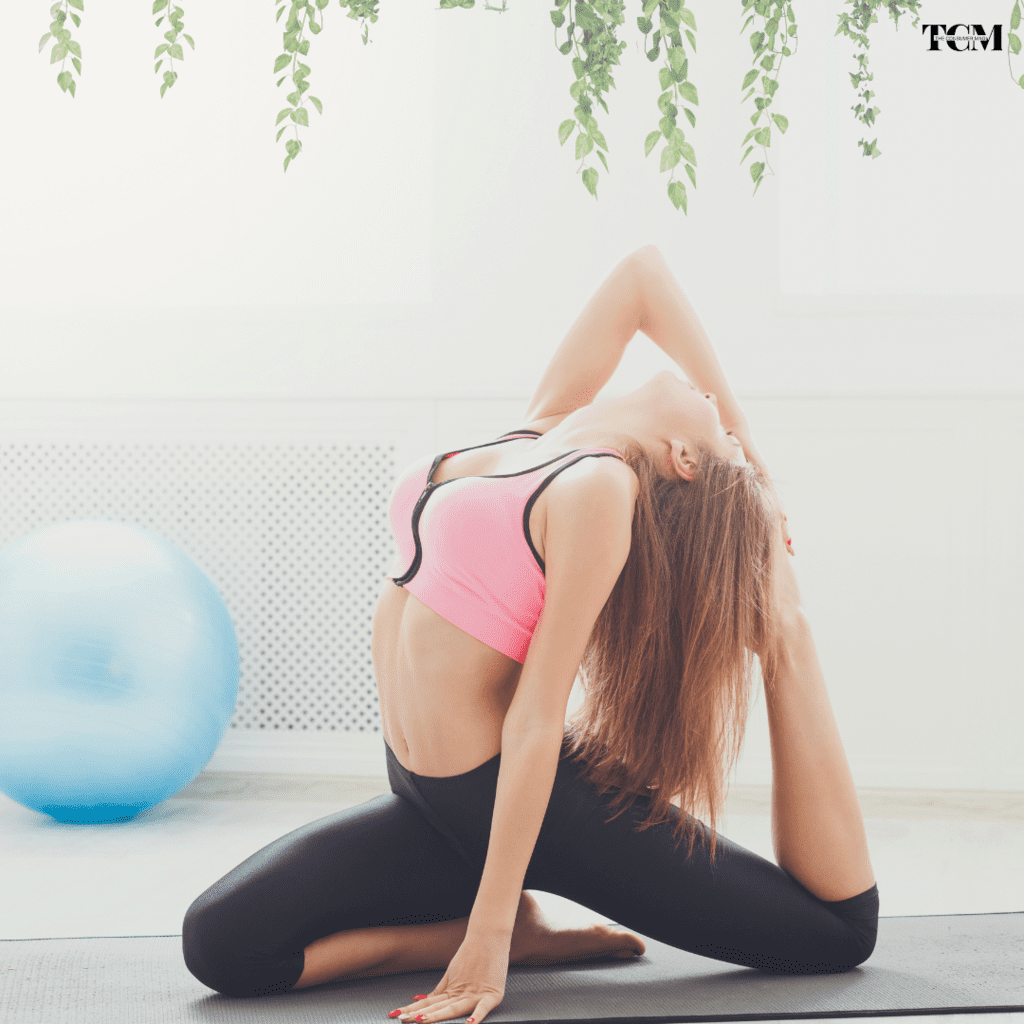
All forms of exercise have different purposes; each is formed to fulfill that purpose, and when deciding what exercise to do, you should first understand what you want to accomplish.
Flexibility and stretching exercises focus on increasing the physical flexibility of the human body.
It also looks after the well-being of the person, but the main purpose aside from making the body physically and mentally fit is to increase and maintain the good stretchability of the body parts.
Benefits:
- Improved range of motion: The exercises help increase the flexibility of your joints and muscles, which results in improving the range of motion of your body.
- Injury prevention: The flexibility of a body prevents it from getting injured easily. Injuries like sprains, strains, ligament breakage, etc. can all be easily prevented.
- Enhanced athletic performance: Flexibility can be a game-changer in many sports, and doing these exercises can increase your game-changer ability, leading to better and more profound athletic performance.
- Improved posture and alignment: Stretching is one way, but all forms of exercise correct your body posture when done with the right technique. With improved and accurate posture, chronic pain and discomfort can be cured too.
- Stress relief and relaxation: The calm provided by stretching helps the muscles relax and minimize the tension between them.
Types of Stretches
- Static stretching.
- Dynamic stretching.
- Proprioceptive neuromuscular facilitation (PNF) stretching
Balance and Stability Exercises
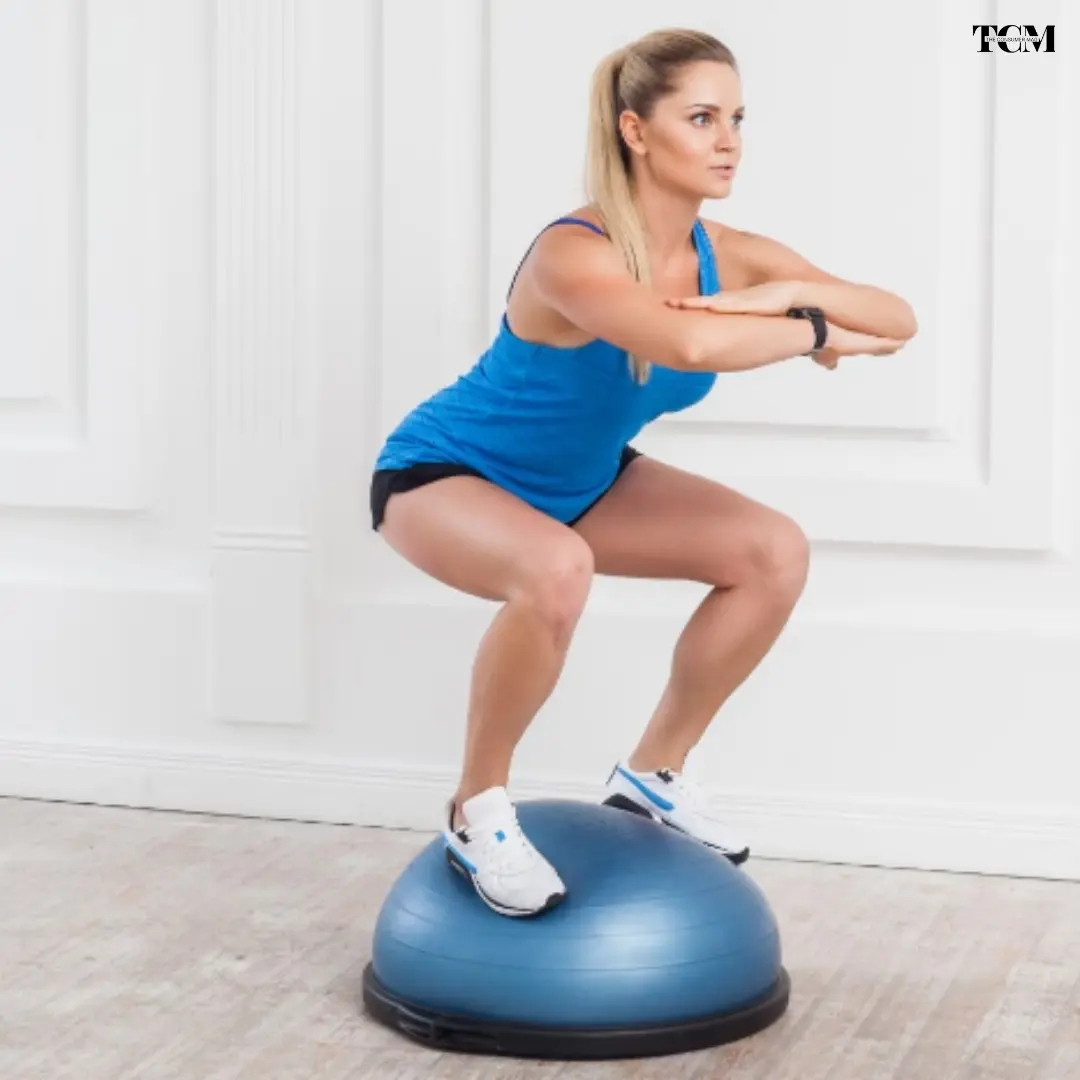
Balance and stability exercises are a very important part of having a healthy body. From the posture of your back to the easy working of your kneecaps, all these things are under the balance and stability of your body.
Most joint problems are due to an imbalanced body. Although these issues are blamed on the age of the person, age is not the only factor that affects them.
The balance and stability exercises mainly aim to correct your body posture and ease the working of your organs by providing them with the right amount of space and position.
Benefits:
- Improved body posture: The body will be positioned in the right way, providing enough space for the organs to function properly and avoiding any strain on bones.
- Better body alignment: The alignment of the body parts is enhanced due to the correct position of all body parts.
- Better coordination: Your body is more likely to coordinate better with itself, reducing clumsiness.
- Decreased risk of injuries: With increased coordination also comes better security. Now that your body is not clumsy, the coordination will help secure you from risks.
- Enhanced body flexibility: This also increases your flexibility.
Types of balance and stability exercises:
- Static balance exercises
- Dynamic balance exercises
- Proprioception exercise
- Functional balance exercise
Cross-Training and Combination Exercises
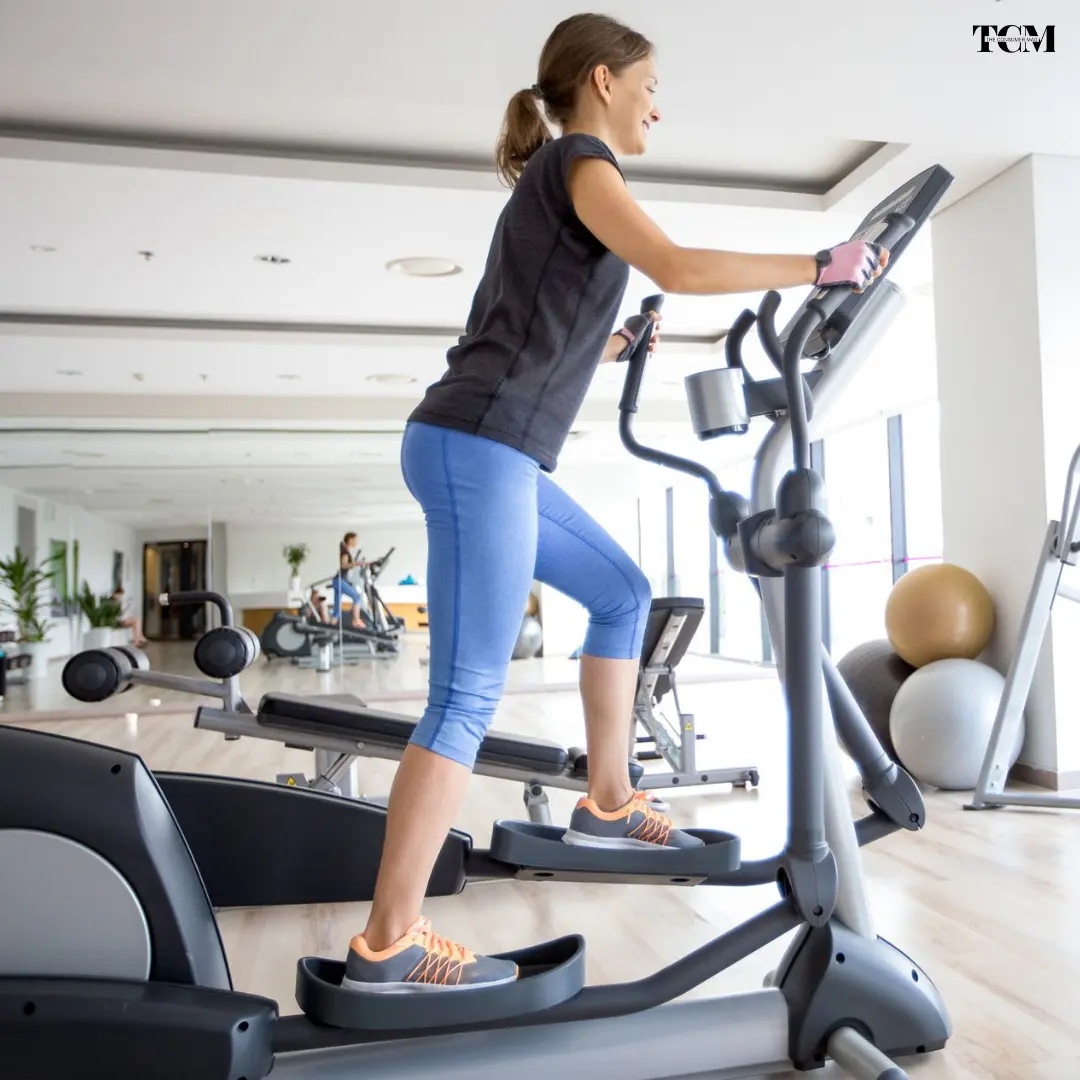
Cross-training focuses on full-body health, improving performance, and preventing workout plateaus.
These accommodate a variety of exercises that focus on every part of the body. From stretching your limbs to building muscles.
To cross-train, you do not have to solely lean on the exercises; there are tools and technology available that help you reach your goal without giving you mental stress beforehand.
Benefits:
- Increased overall fitness and performance: Cross-training focuses on the fitness of the whole body and enhances performance as an athlete.
- Reduced risk of overuse injuries: Cross-training helps warm up your whole body and uses the movement of the whole body, which helps in avoiding stress buildup at one part of the body, reducing the risk of overuse injuries.
- Enhanced weight loss and calorie burning: The intense training and movement of the entire body help burn a lot of calories, which leads to quick weight loss.
Types of cross-raining and combination exercises
- Cardiovascular cross
- Strength and resistance training combination
- Circuit training
- High-intensity interval training
- Plyometric training
- Yoga or Pilates fusion
Important Considerations When Exercising
Doing things and doing things right are two very different things. There are some things you should always keep in mind and make sure you follow before diving into your hard-core workouts.
Warm-up: The increased blood flow to muscles decreases the risk of injury and prepares your muscles for what is to come next.
Proper form and technique: The technique and form you use matter a lot in the arena of exercise; they can increase or decrease the risk of injuries as well as the result of the exercise.
Progressive overload: When starting this new exercise regime, it needs to be understood that taking on a heavy burden at the start can be problematic.
Rest and recovery: As much as a workout is important, resting from exertion and recovering are just as important. Allow your muscles 48 to 72 hours of rest to recover from your routine.
Set up a routine that gives each set of muscles the time they need to recover.
How much exercise do I need?
The amount of exercise one needs to do depends on various factors, like their strength, their ability to continue, their body weight, etc.
For someone who has recently started exercising, they should exercise for no more than 1 hour with proper intervals and try not to do an intense routine. For people aged 60 and above, according to your health and convenience
Nobody should exercise for more than two hours; not only is that absolutely unnecessary, but it is also very harmful and can be the reason for injuries.
Things You Should Avoid During Exercise
It is important to understand that during exercise, the probability of injury is high. But sometimes even a high probability can be tempered with safety measures. Keep these points in mind to avoid getting injured as much as possible.
- Comparing yourself to others
- Ignoring safety measures
- Neglecting adequate sleep
- Neglecting rest days
- Pushing through pain.
Tips for choosing the right exercise equipment
When hoping to lose weight, exercising is not the only way to achieve your goal. There are machines that can assist you in reaching where you want to go.
Keep these points in mind and analyze equipment according to these factors to avoid buying unnecessary items and get exactly what you need.
- Long-term sustainability with quality material and good durability can be achieved, which means you can get a longer period of use with just one purchase.
- Identify your fitness goals and take professional advice for the best and most rational purchase.
- Please cross-check your home space before making a final decision.
- Make sure to thoroughly read the safety instructions and customer reviews before buying and using any equipment to reduce the risk of injuries.
- Warranty and after-sale support
Conclusion
In this article, we have truly understood how important exercise is for the human body and the huge number of benefits it provides.
We have also discussed some of the types of exercise that you can do at home to fit your body.
Make sure to follow all the instructions that are important considerations for your workout.
Follow all the tips and tricks to see a noticeable result on your body in a short period of time.
